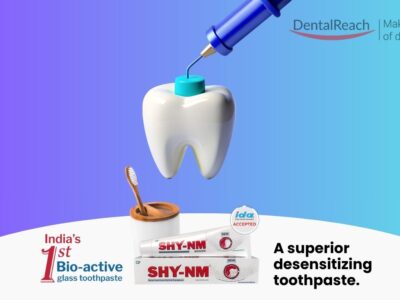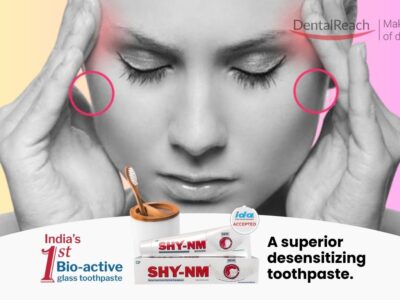The Habsburg Jaw and Inbreeding: An Introduction
The Habsburg family was one of the most influential ruling houses in Europe, controlling Spain for 184 years from 1516 to 1700. However, their habit of close familial relationships, including nine out of 11 total marriages being incestuous, ultimately led to their decline. Experts suggest that generations of inbreeding caused the infamous “Habsburg jaw” deformation, which eventually made it impossible for the family to produce healthy heirs.
What is the Habsburg Jaw?
The Habsburg jaw is characterized by mandibular prognathism, which means a protrusion of the lower jaw creates an underbite that can make it difficult to speak and fully close the mouth. It is the most striking physical characteristic resulting from inbreeding among the Habsburg family, visible in many portraits and historical records of the family.
Origin of the Habsburg Jaw/Chin:
The Habsburg jaw/chin resulted from generations of inbreeding among the Habsburg family. The inheritance of genes that produce birth defects made this royal family display various peculiar physical qualities, particularly the Habsburg jaw.
Prevalence of the Habsburg Jaw Among the Habsburgs:
The Habsburg jaw was the most visible physical trait that resulted from the long history of inbreeding in the Habsburg family. The condition was observed in many portraits and historical records of the family.
The Cost of Generations of Inbreeding:
Other than ensuring that the position of the throne remained in the grasp of the Habsburgs, this inbreeding also had unintended consequences that would lead to the dynasty’s ruin. It wasn’t just the crown that was passed down from generation to generation but also a series of genes that produced birth defects. The prevalence of the Habsburg jaw is a direct result of generations of inbreeding.
Modern Research on the Habsburg Jaw:
To investigate the link between the Habsburg jaw and inbreeding, medical researchers recruited maxillofacial surgeons to analyze 66 portraits of 15 members of the Habsburg dynasty. The surgeons searched for 11 features that defined “mandibular prognathism” and seven features that define “maxillary deficiency,” a related condition in which the upper jaw bones do not fully develop. The analysis confirmed that both conditions were related and had the same genetic basis, making up the Habsburg jaw.
The researchers calculated the amount of inbreeding that had occurred over the centuries, using information from a large family tree spanning 20 generations and including 6,000 people. They correlated the inbreeding with the degree of facial deformity seen in the paintings and found a strong link between the degree of inbreeding and the degree of mandibular prognathism. People who were most inbred had the most pronounced case of this facial deformity.
Other Deformities Caused by Inbreeding Among Royal Families:
In addition to the Habsburg jaw, other deformities caused by inbreeding have been observed among various royal families. For instance, the inbreeding within the Egyptian Pharaohs led to many physical abnormalities, such as cleft palate and clubfoot. The British royal family is also known to have some genetic disorders, such as hemophilia, which was common in European royalty.
The Significance of the Habsburg Jaw in Dentistry:
The research on the Habsburg jaw has provided valuable insight into the effects of inbreeding on genetics and health. For instance, dentists can use this information to identify patients who may be at risk of developing mandibular prognathism and provide timely intervention. Additionally, this research highlights the importance of avoiding close familial relationships and the risks associated with generations of inbreeding.
Conclusion:
The Habsburg family’s practice of inbreeding ultimately contributed to their decline, with the infamous “Habsburg jaw” deformation being one of the most visible and recognizable effects. Modern-day researchers have provided valuable insights into the link between inbreeding and facial deformities. This research has highlighted the importance of genetic diversity for long-term health and wellbeing. In the realm of dentistry, this research can help identify at-risk patients and provide appropriate interventions to prevent or correct mandibular prognathism.




















Comments